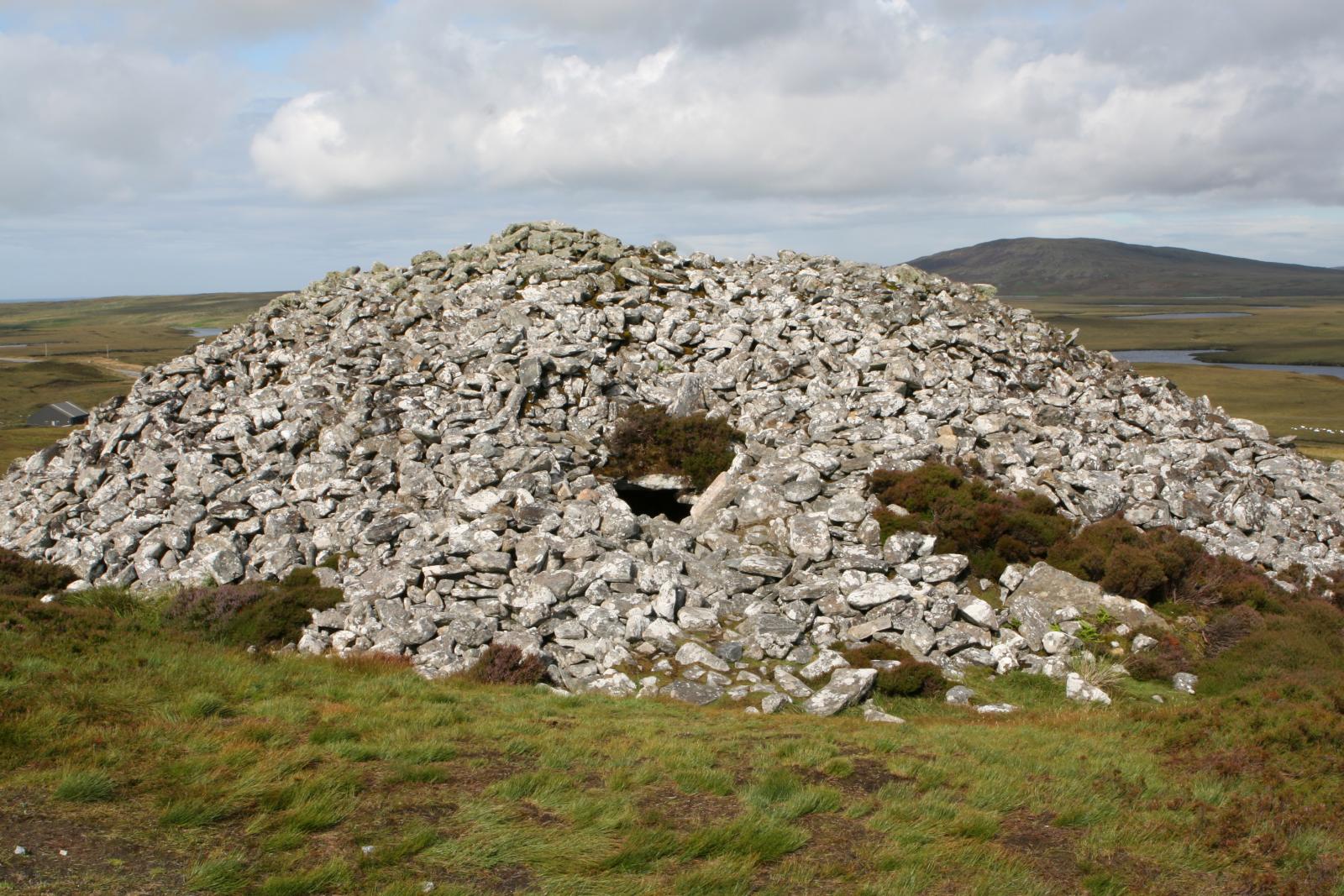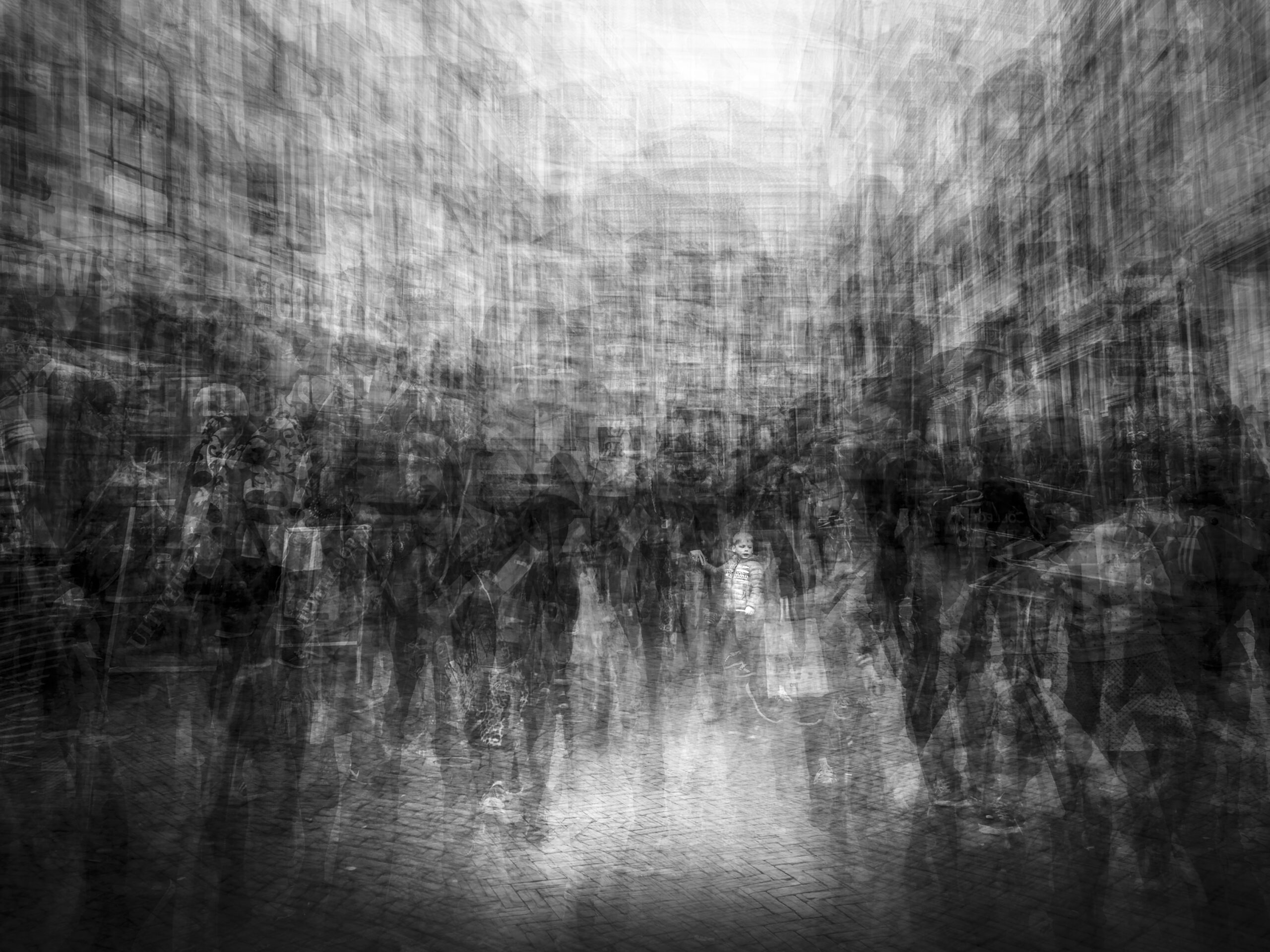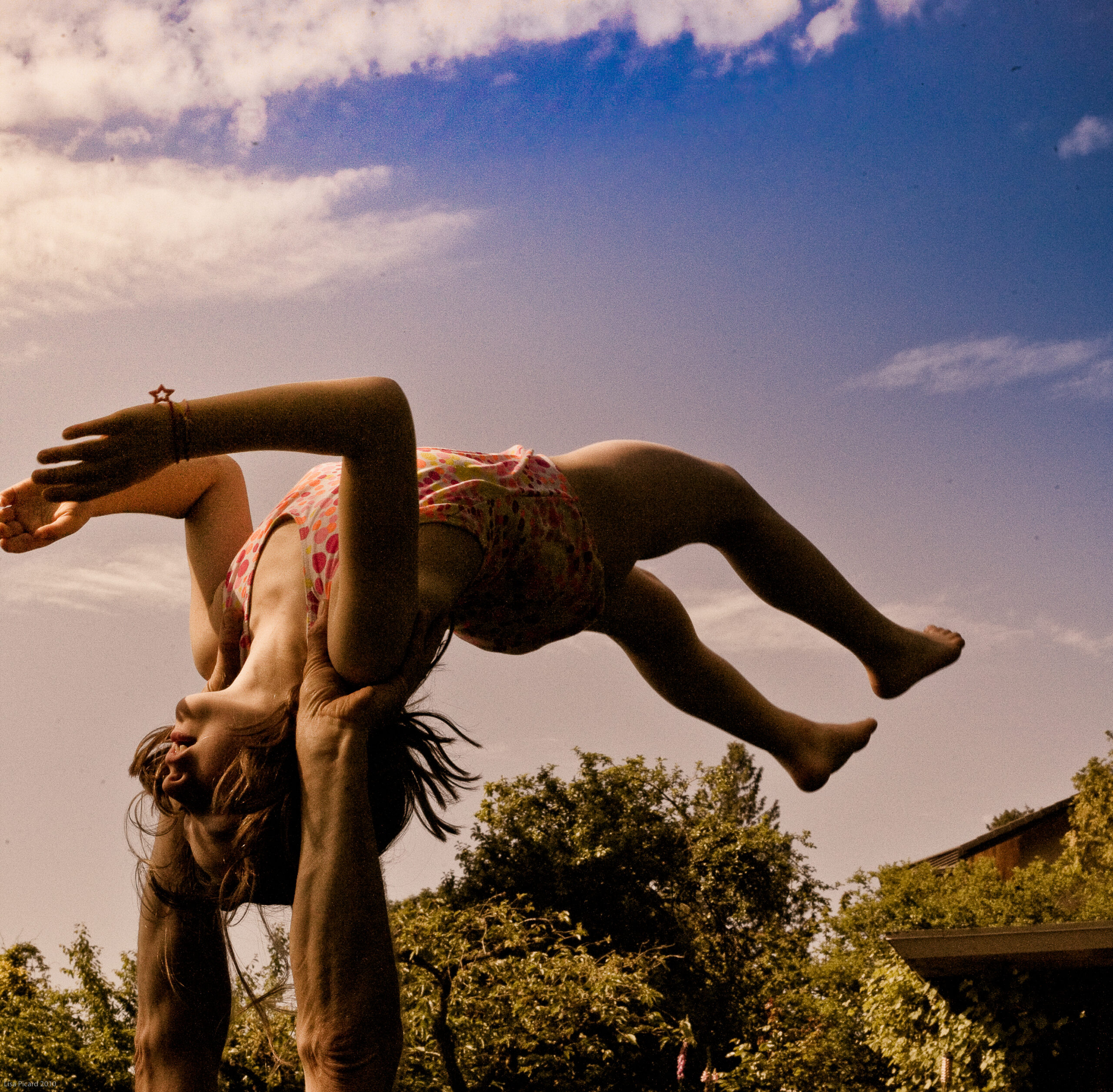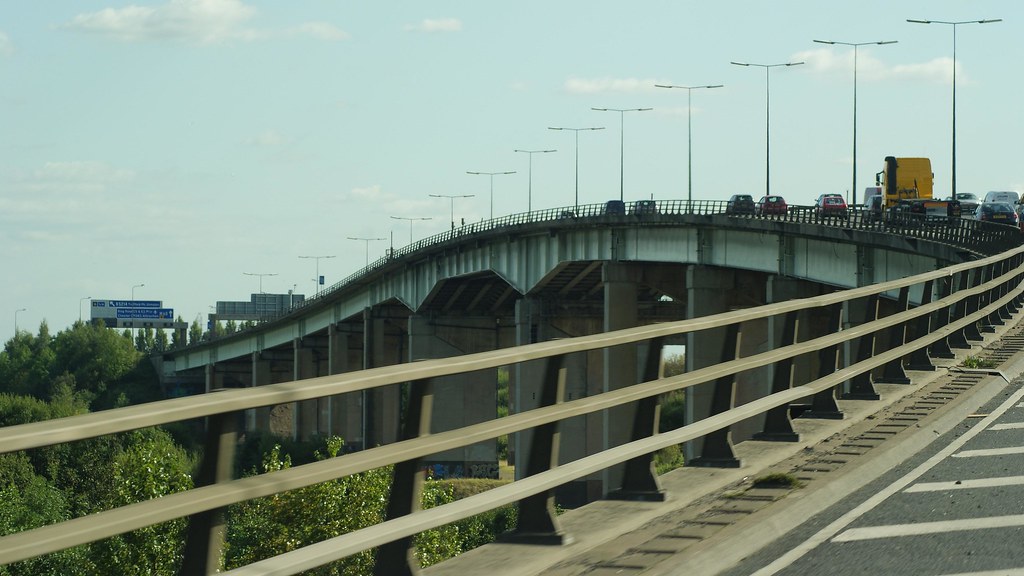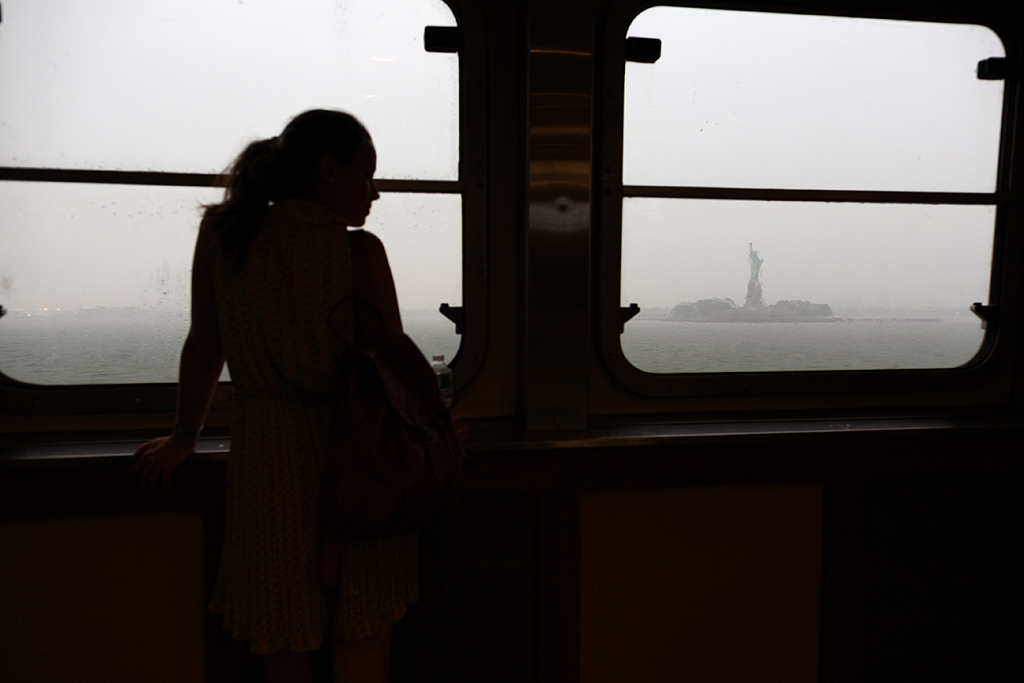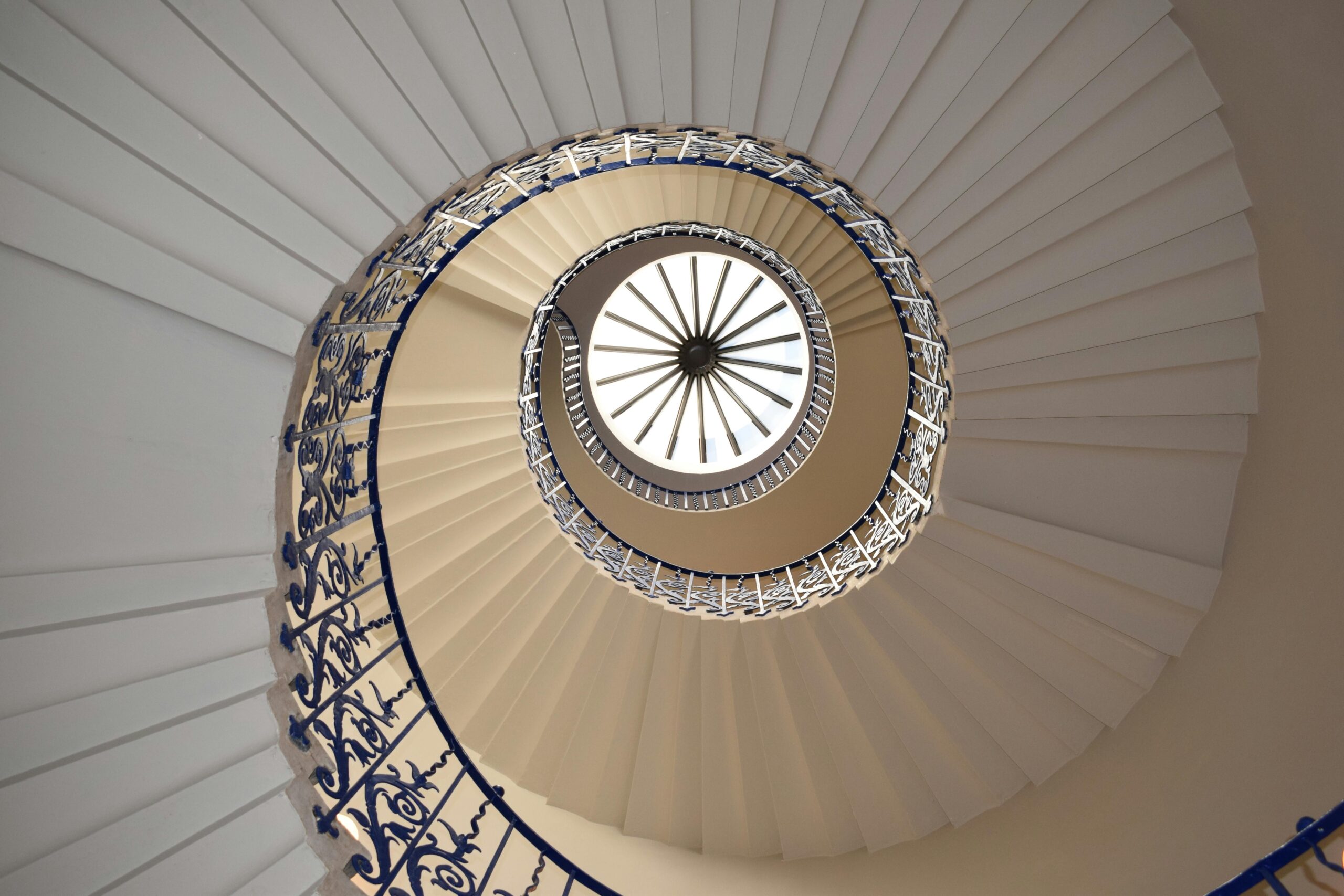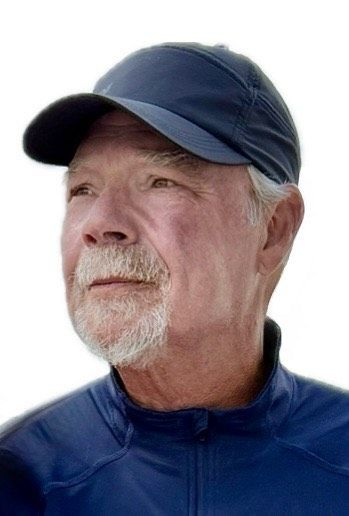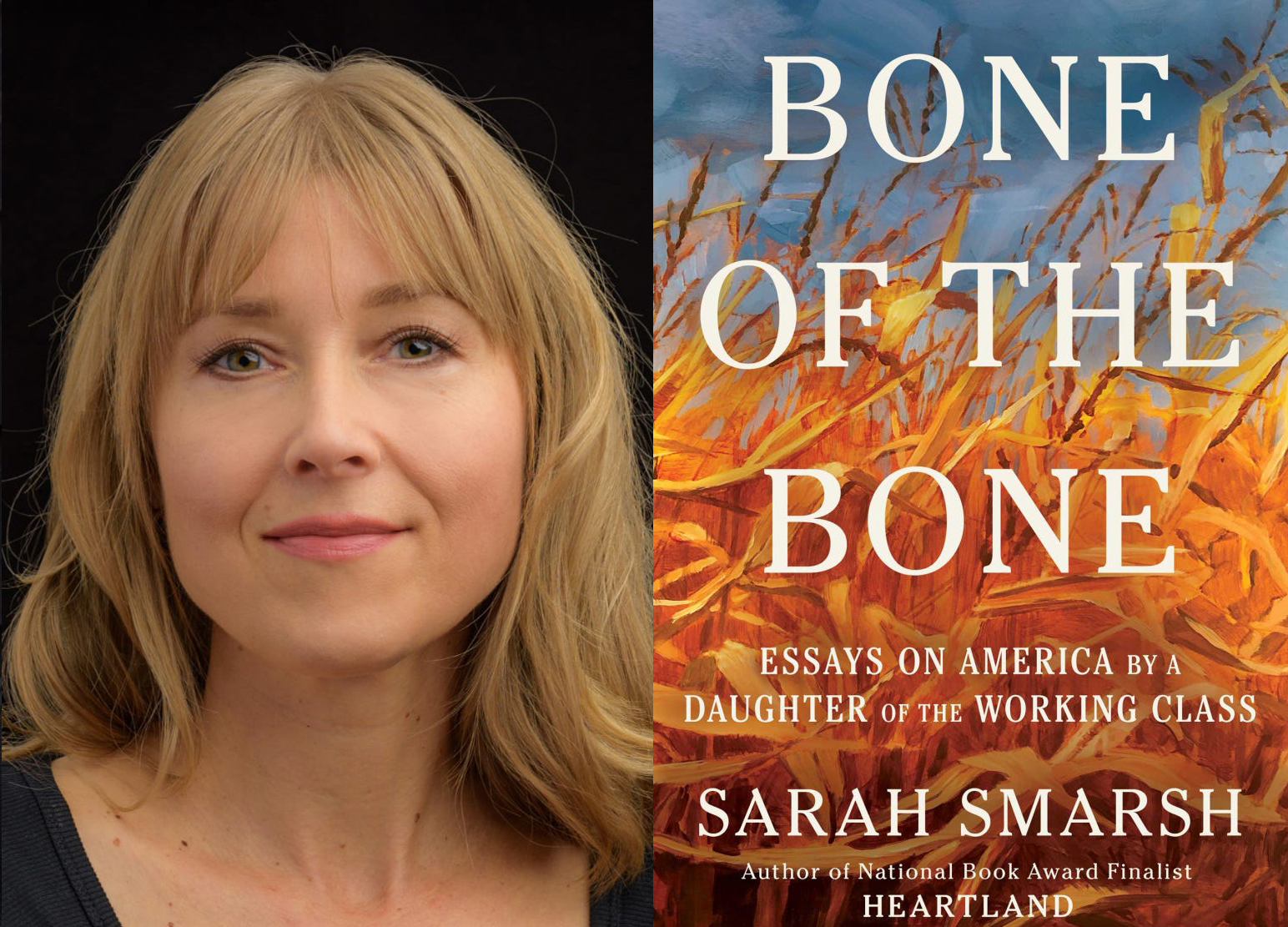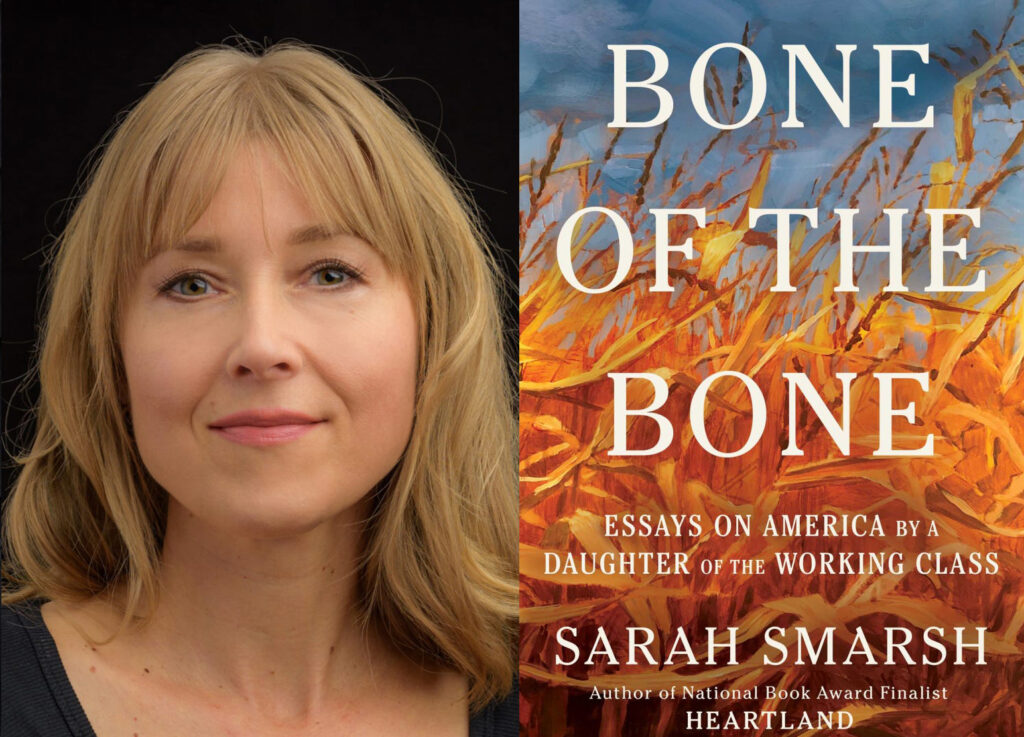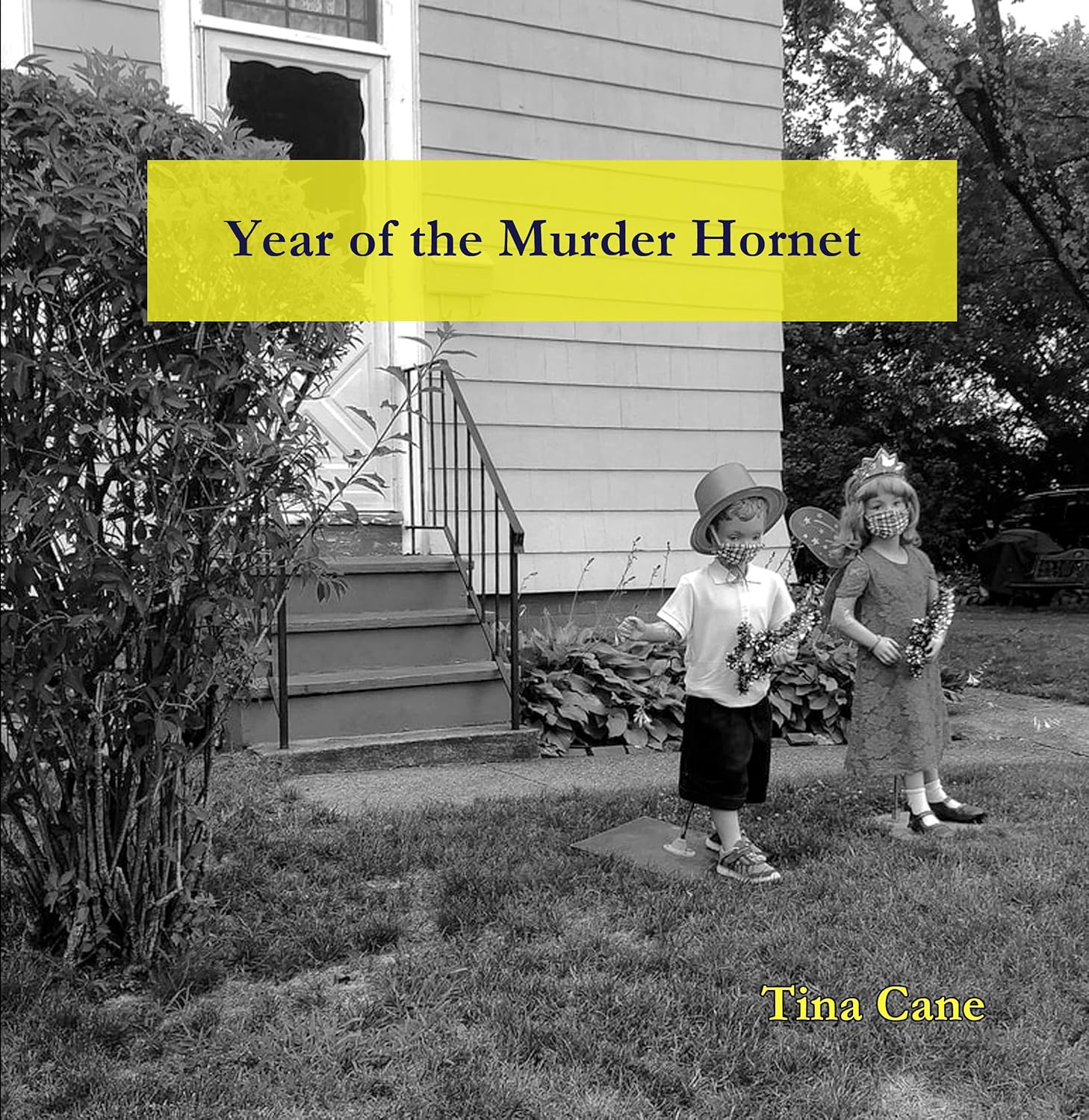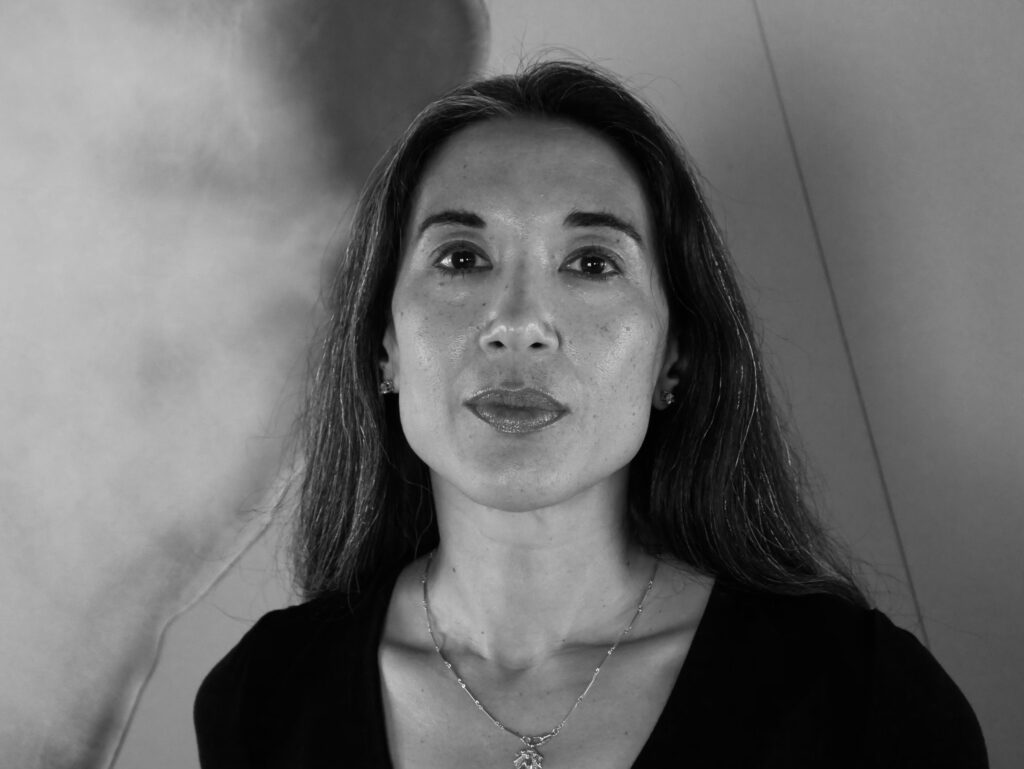Winner of the 2025 DISQUIET Prize for Poetry
By CARSON WOLFE
The morning after I had woken to him
holding his flashlight beneath my bedsheets,
I told him I felt too sick to go to school.
It’s always confused me, why I chose
to stay in his house another full day,
waiting for my mother to finish work.
Like any other, we played chess
just like he’d taught me, and he let me win.
Something broken and unnameable
hanging between us—perhaps it is me,
writing this poem, watching myself
shrink as a ten-year-old, watching him
sacrifice another pawn. From this angle,
it occurs to me, after all these years,
that he knew I was going to tell.
And now I am afraid for that little girl.
How much easier it all could have been
had I tripped at the top of the stairs.
It must have crossed his mind
as those silent hours came to a close.
He didn’t reach over the gear stick
to rub my thigh on the drive home,
only stared out at the barriers
as we crossed Barton Bridge.
I always believed him
to be pathetic, a coward of a man,
but we pulled up outside my mum’s house
and he opened the door, let me out.
[Purchase Issue 30 here.]
Carson Wolfe is a Mancunian poet and the grand prize winner of the 2025 DISQUIET International Literary Prize. Their work has appeared with Poetry Magazine, The Rumpus, and Rattle, amongst others. Their new book Coin Laundry at Midnight is forthcoming with Button Poetry in spring 2026.
